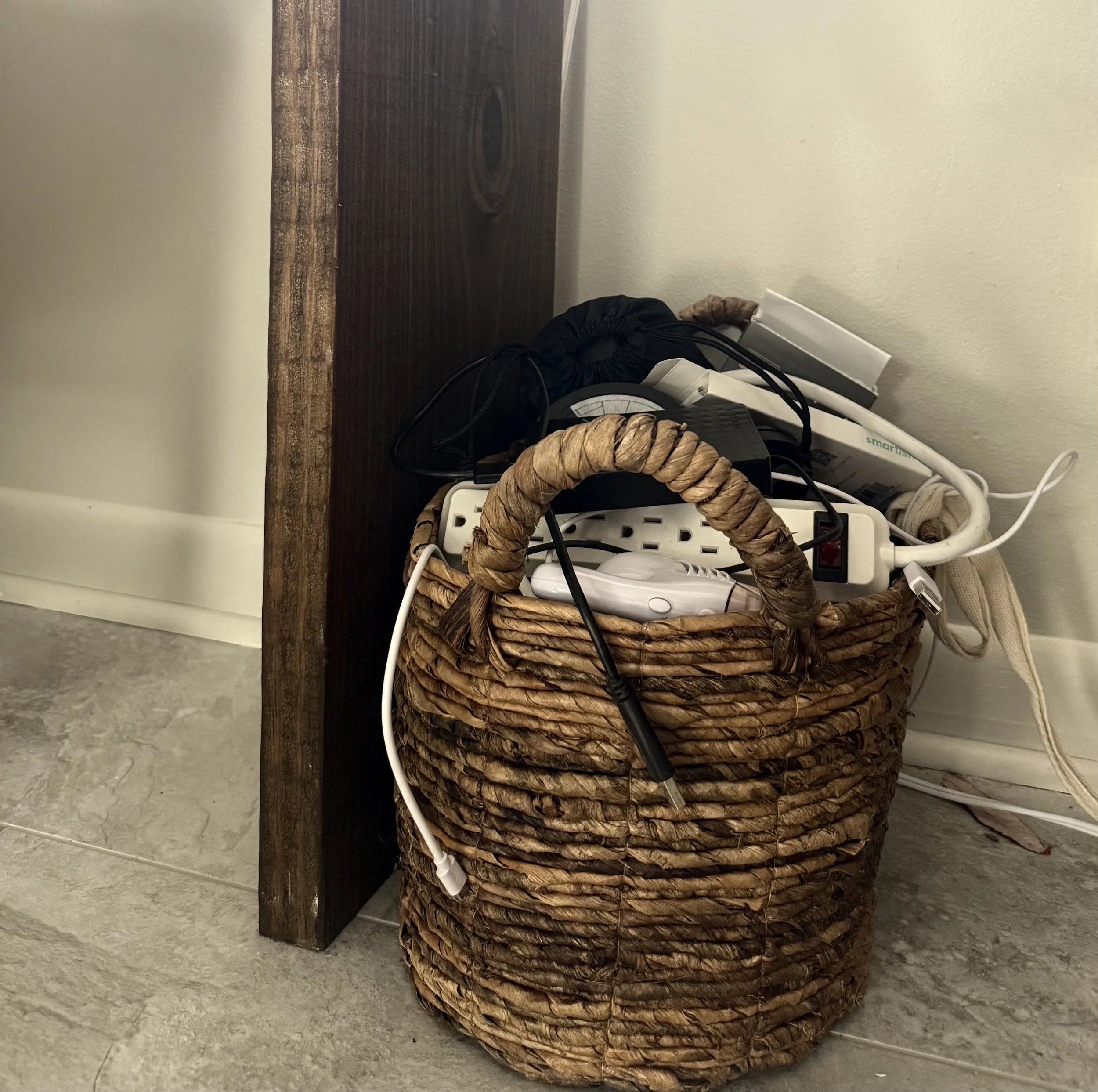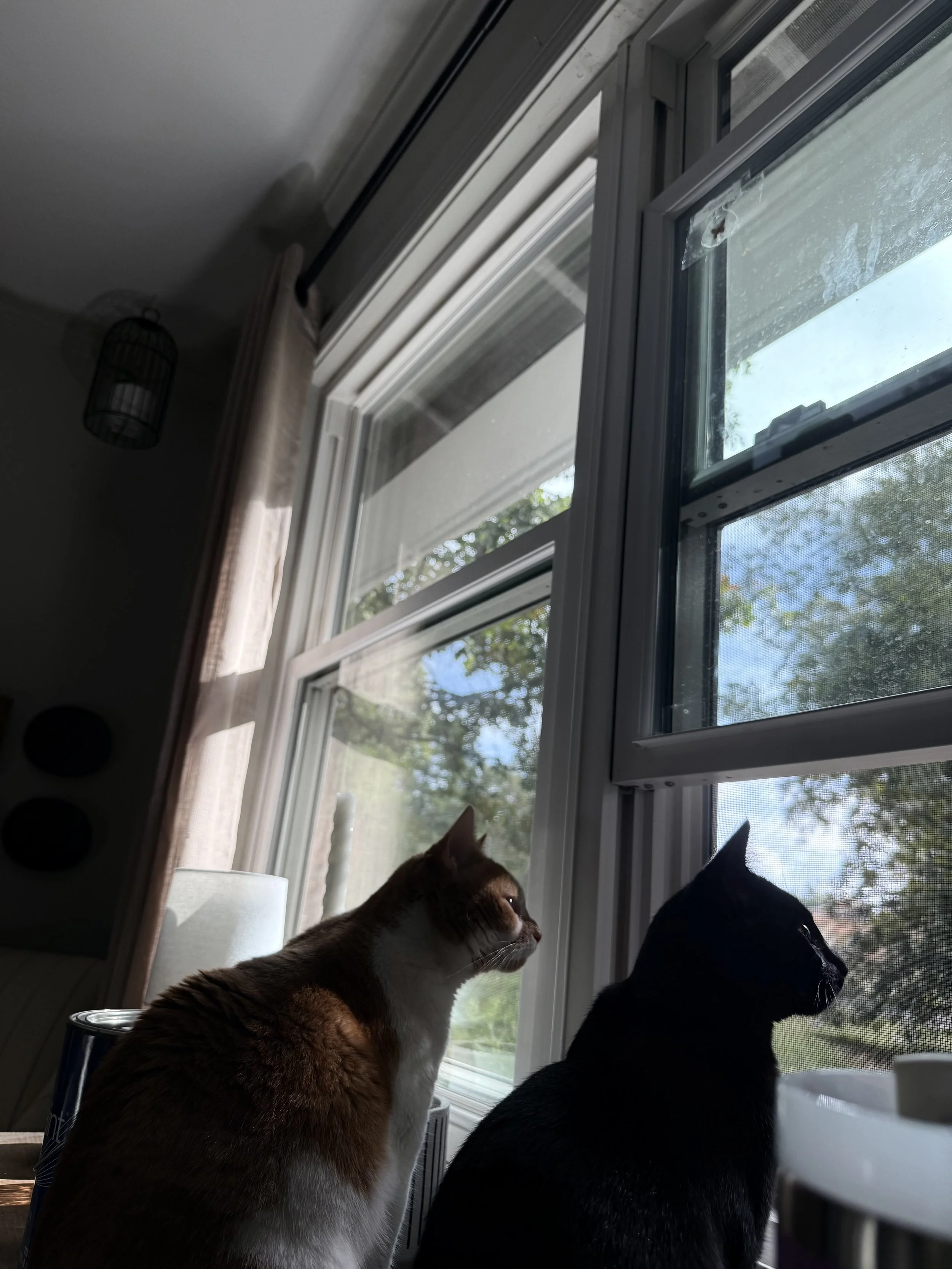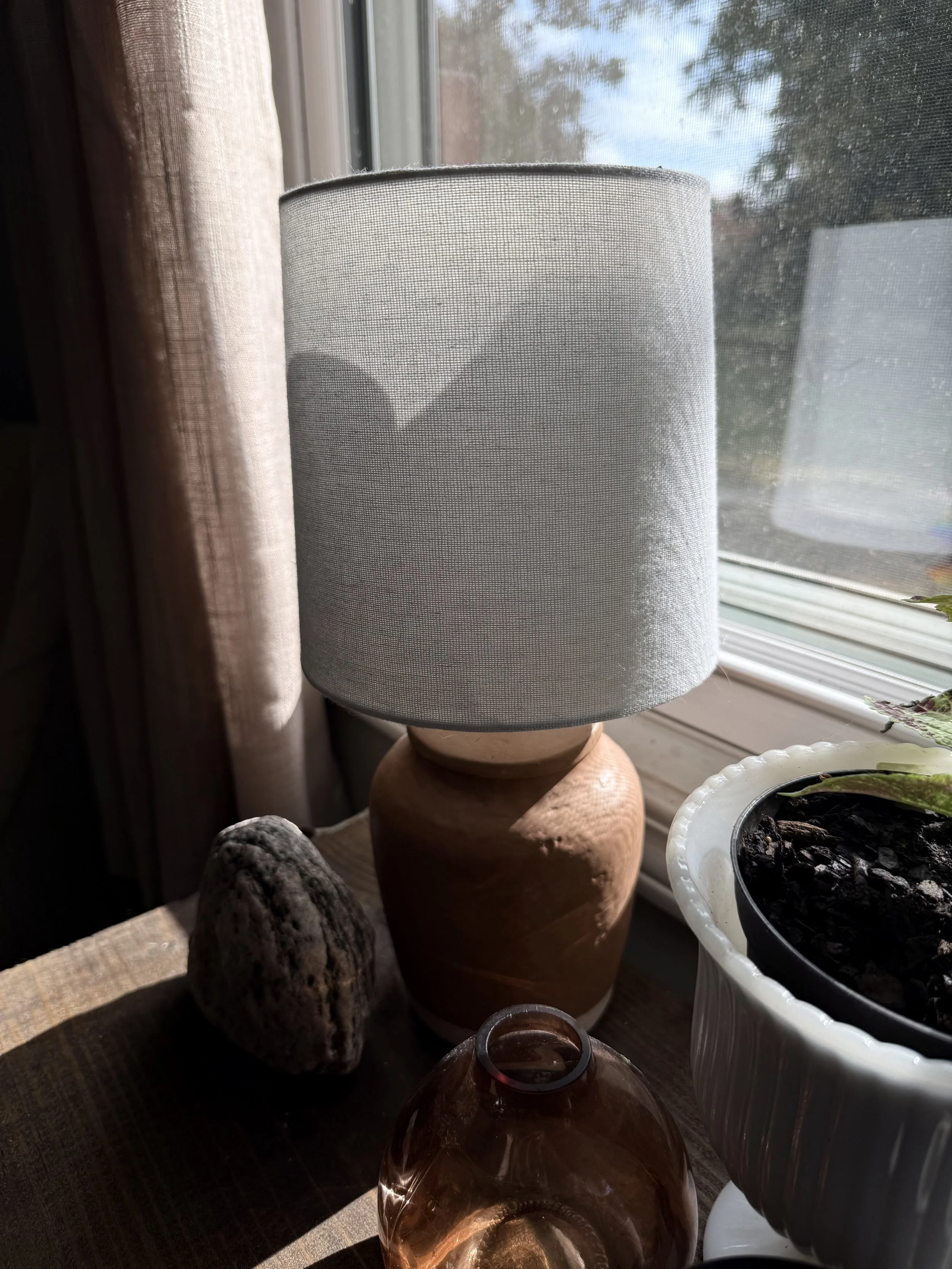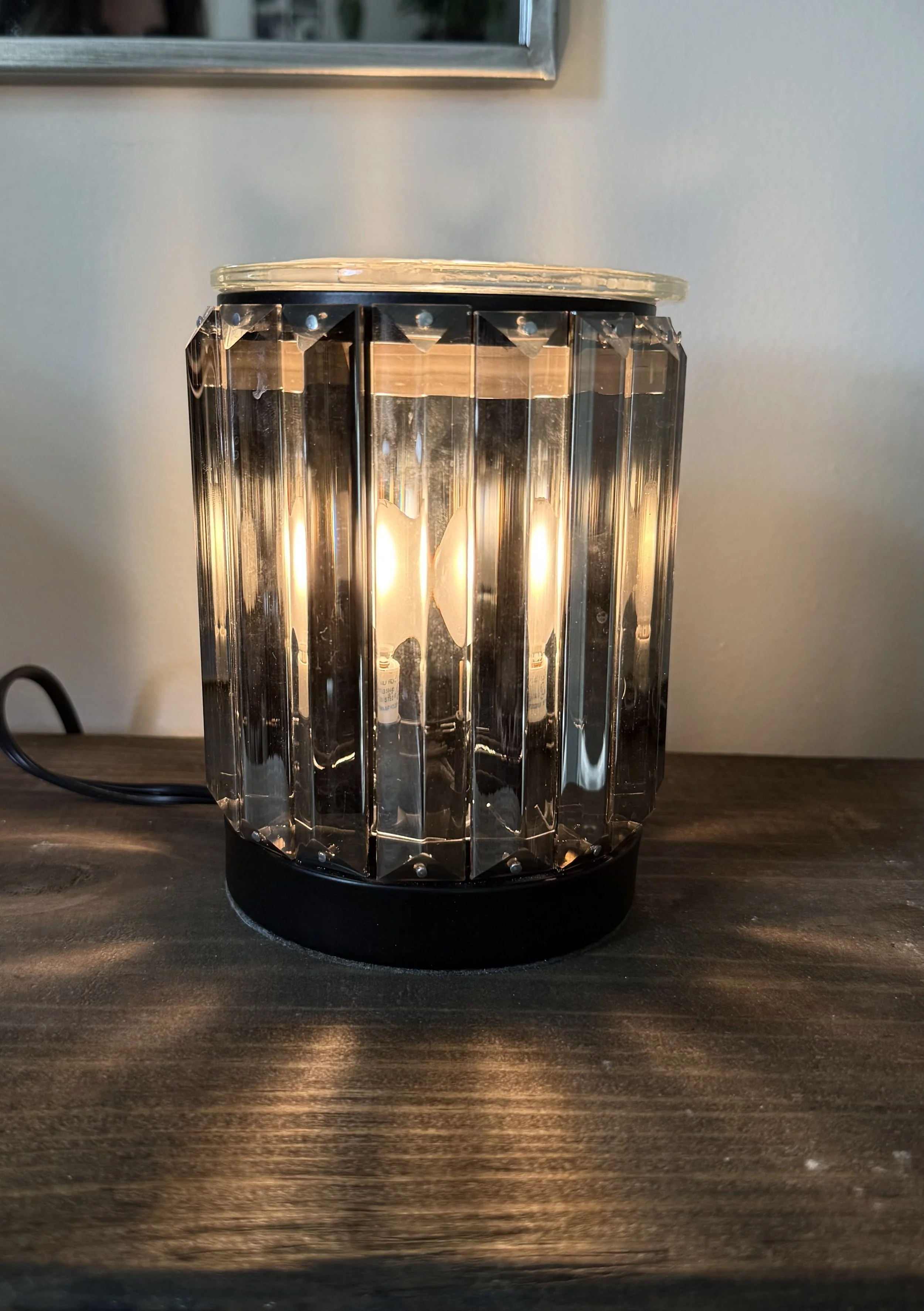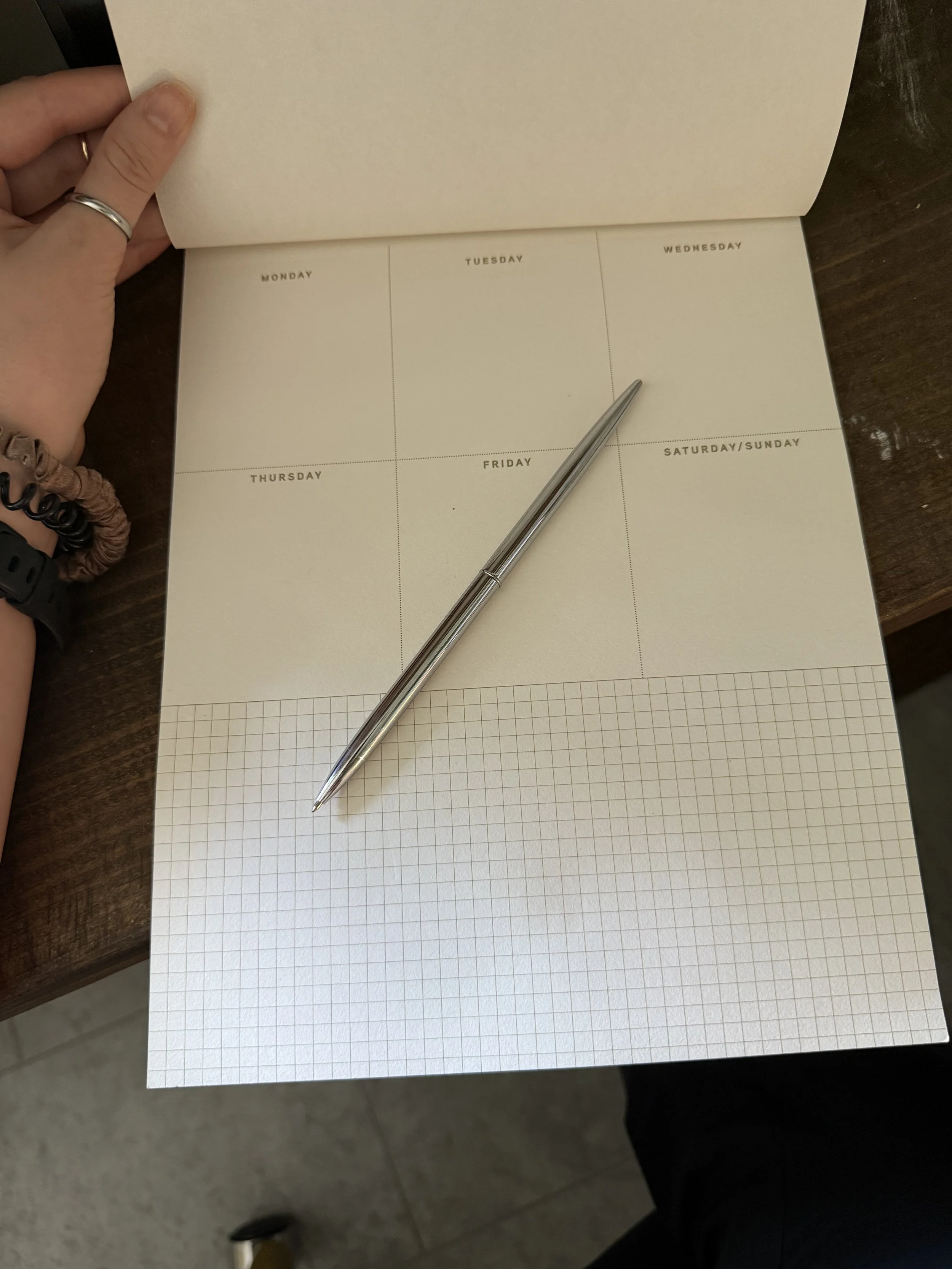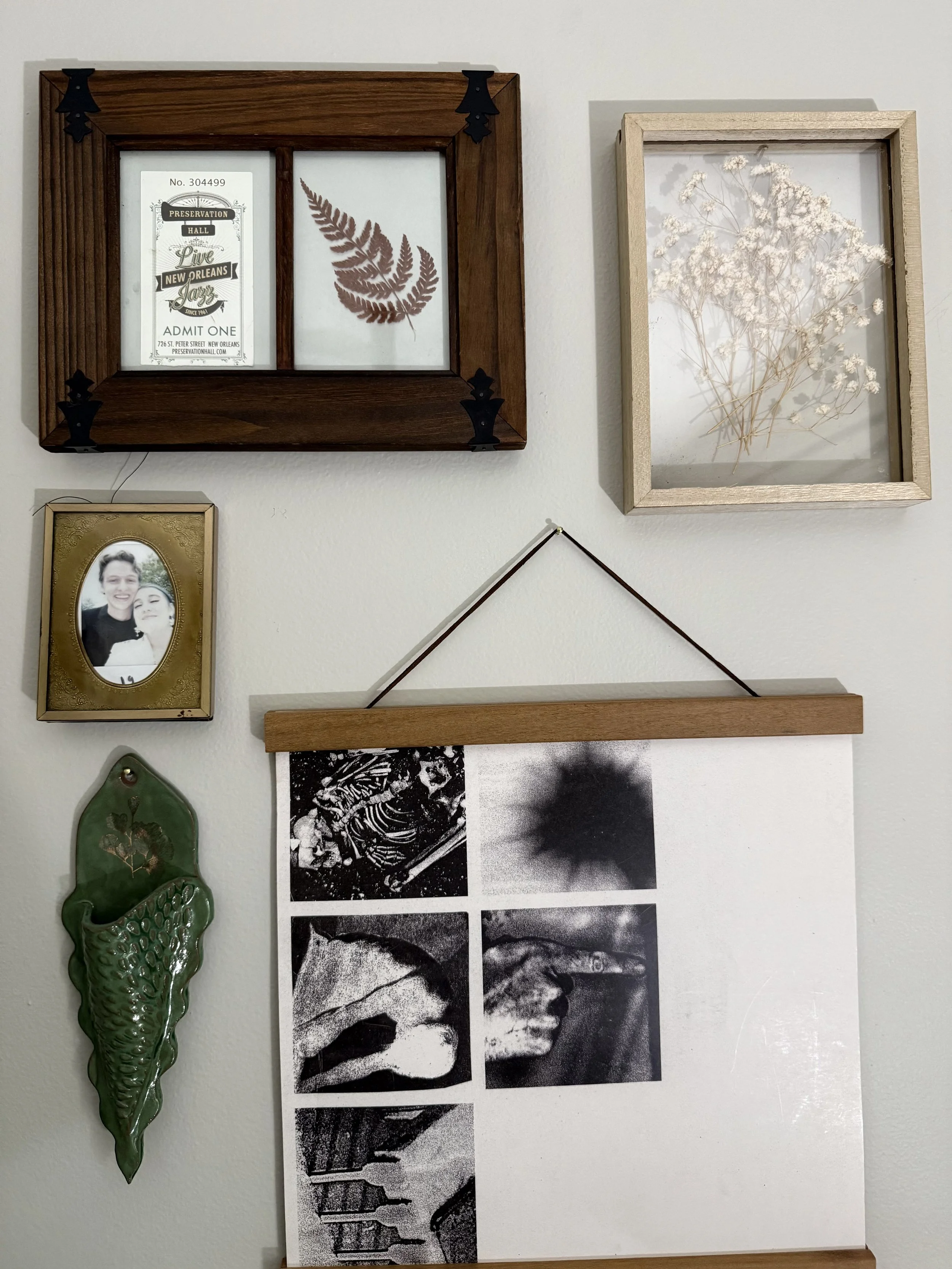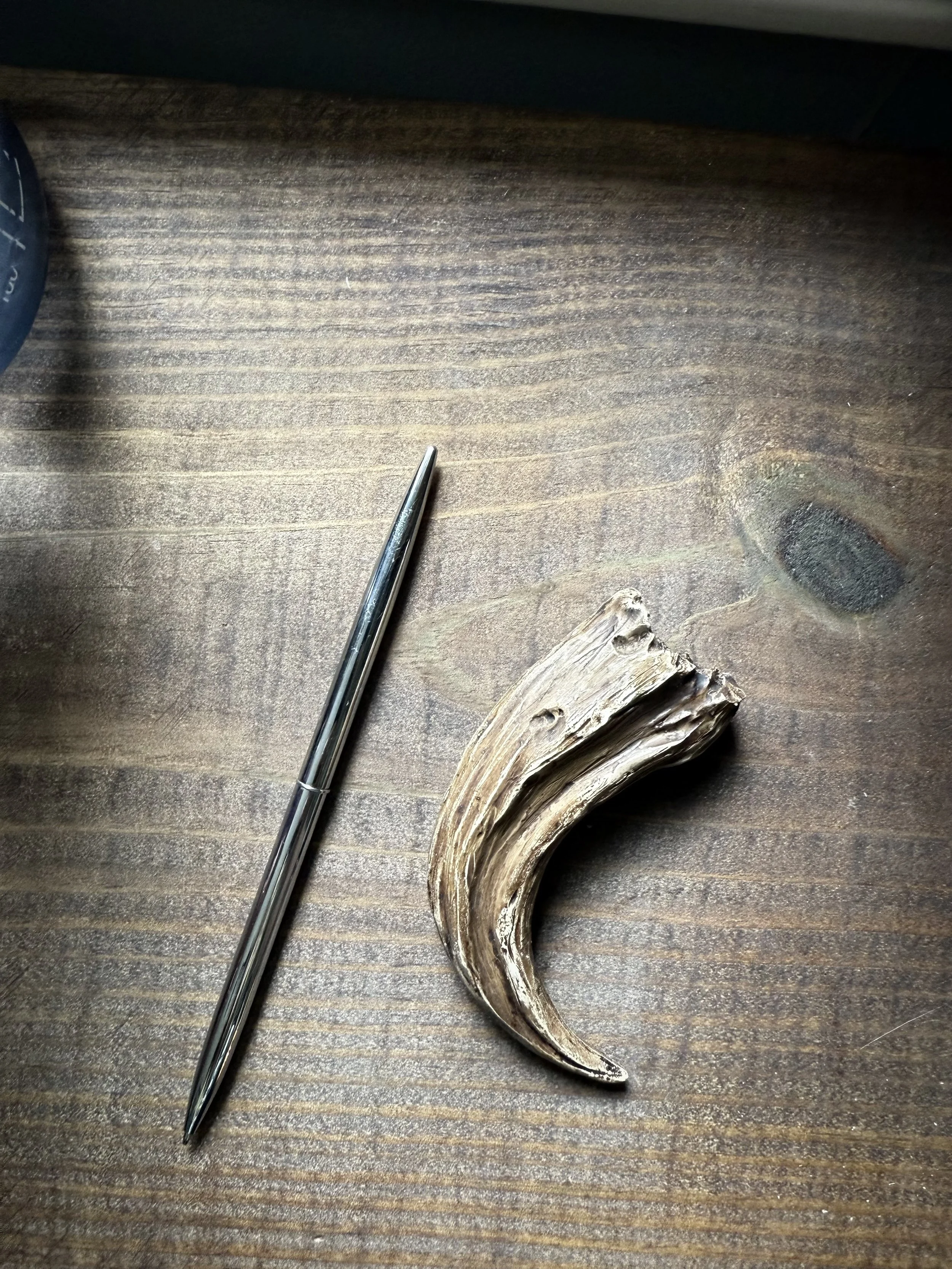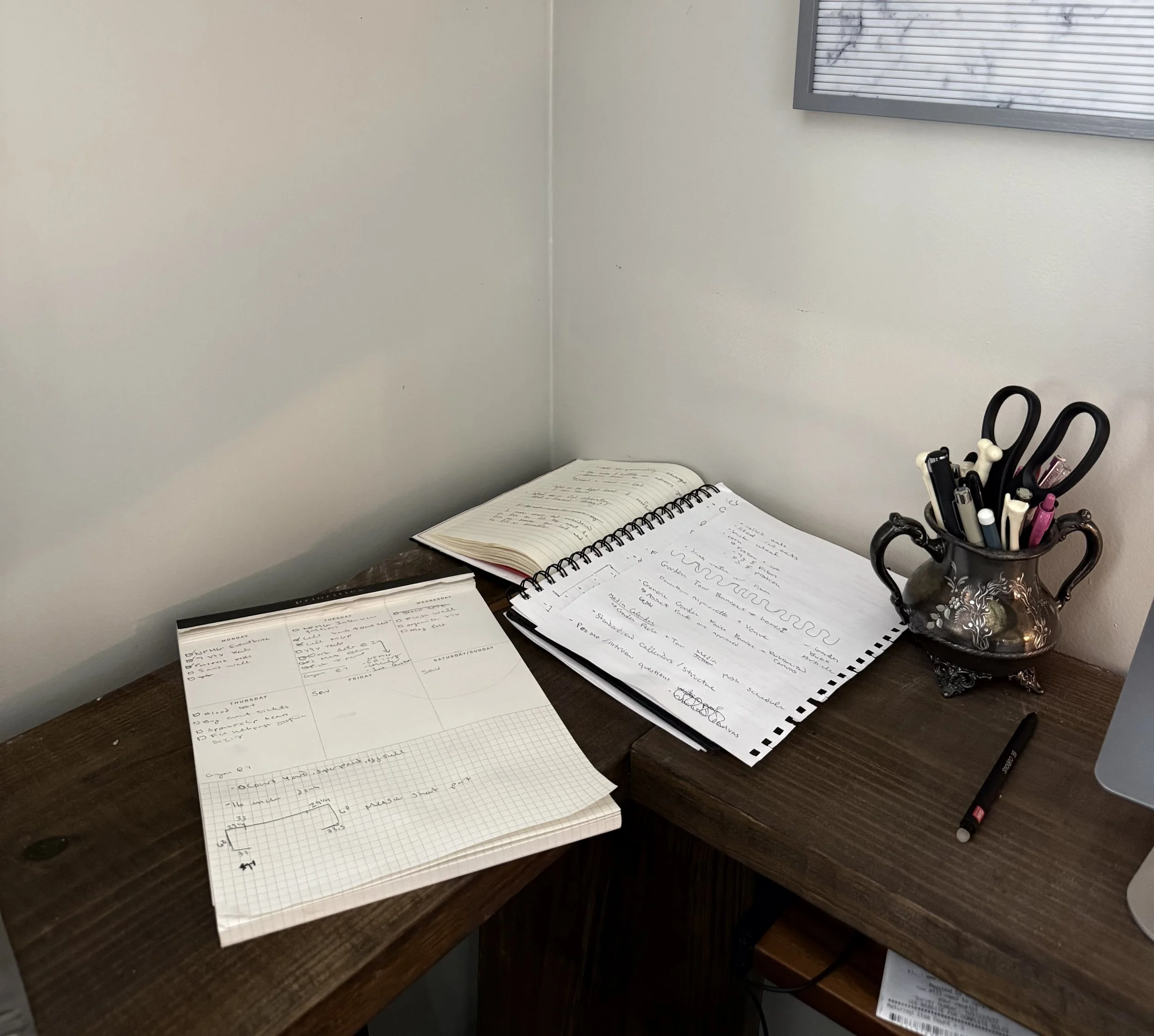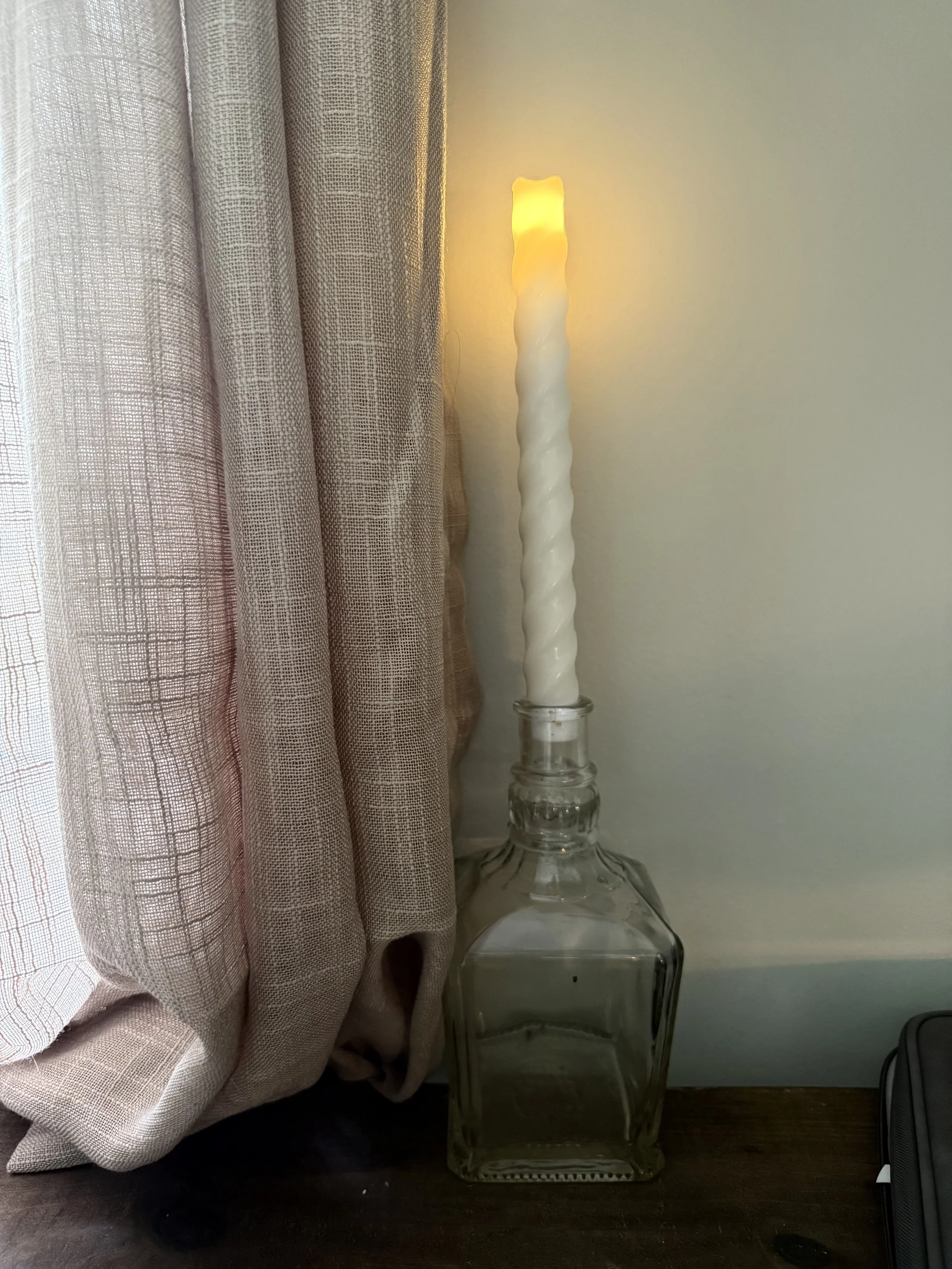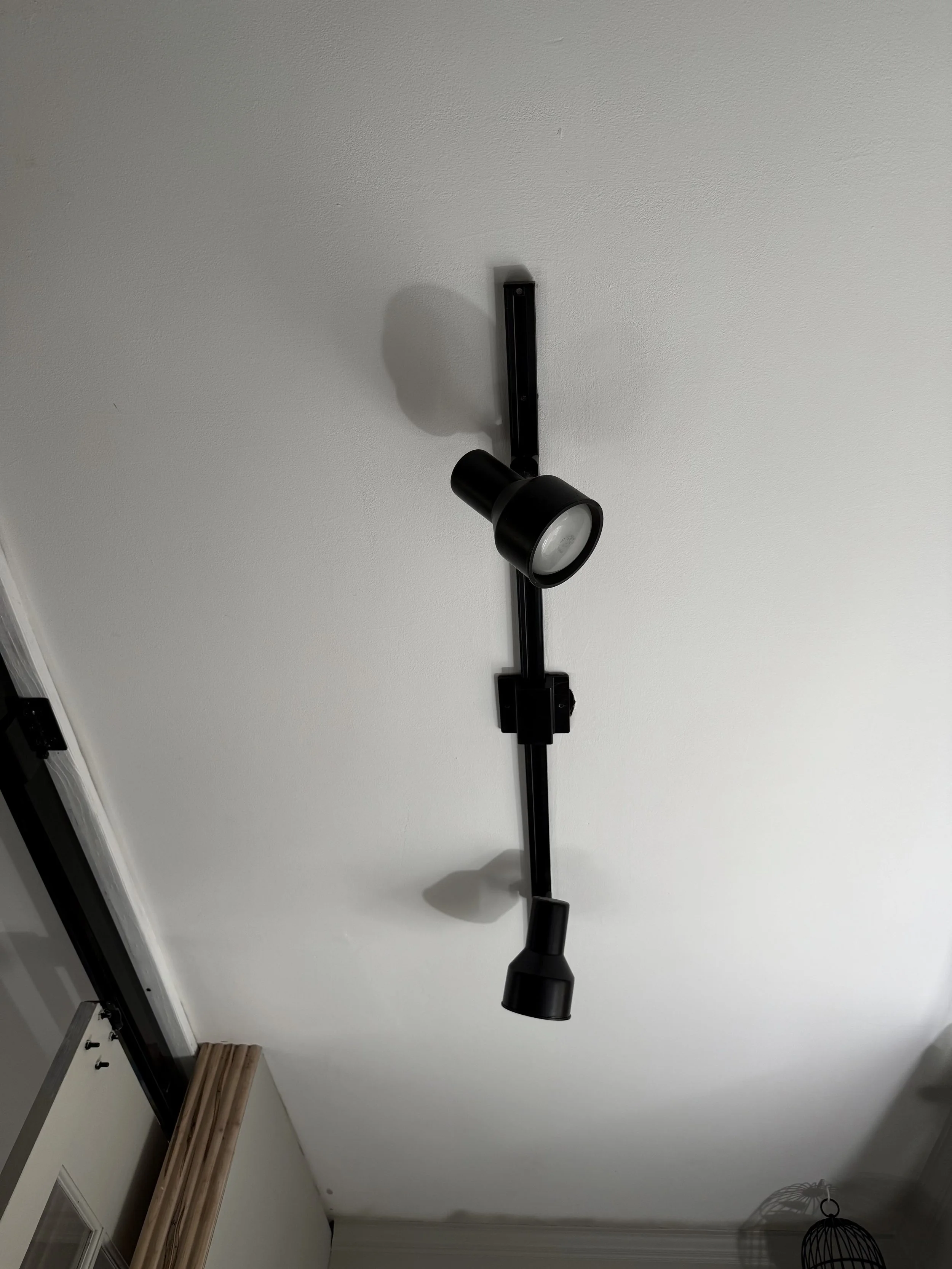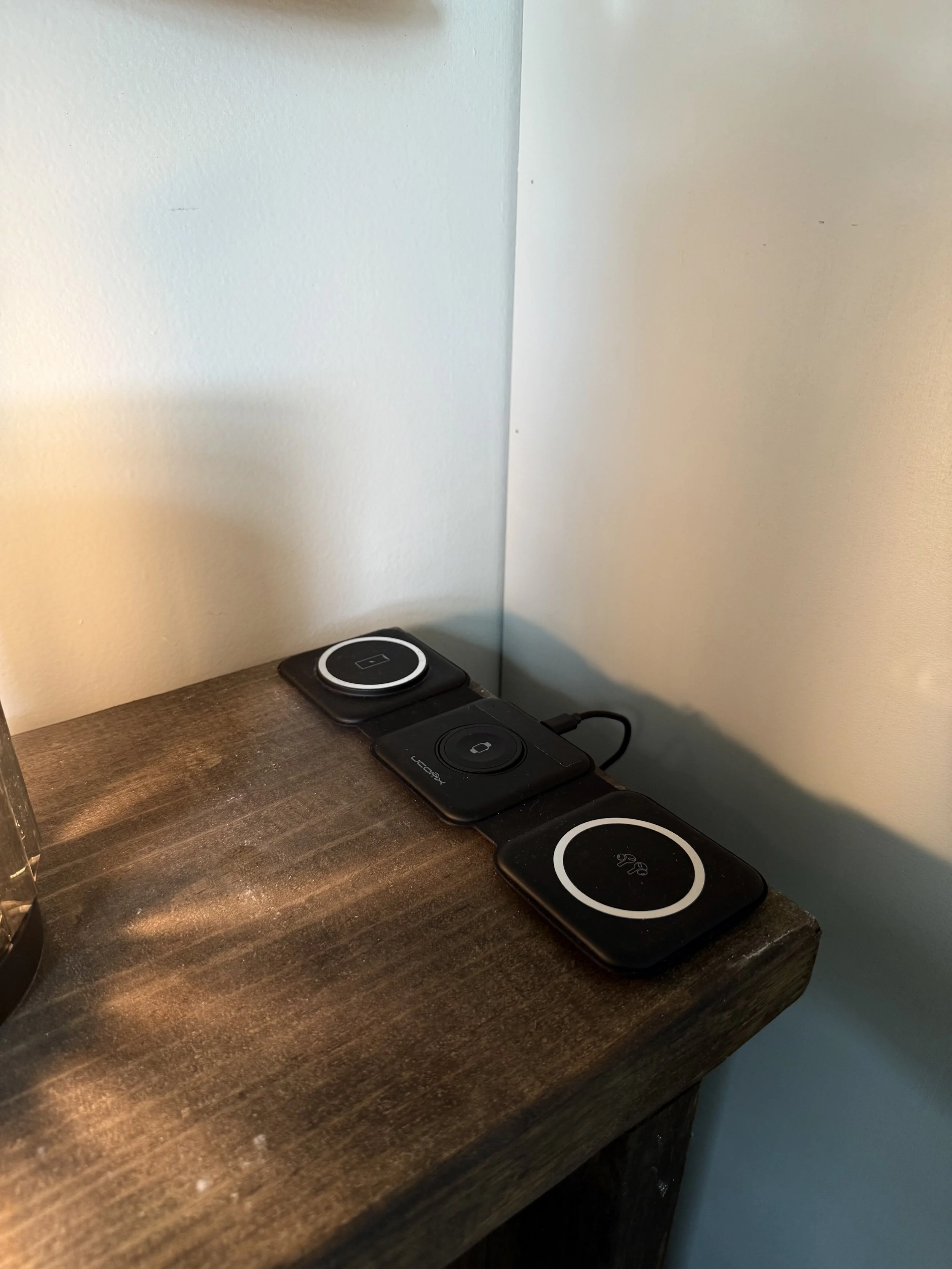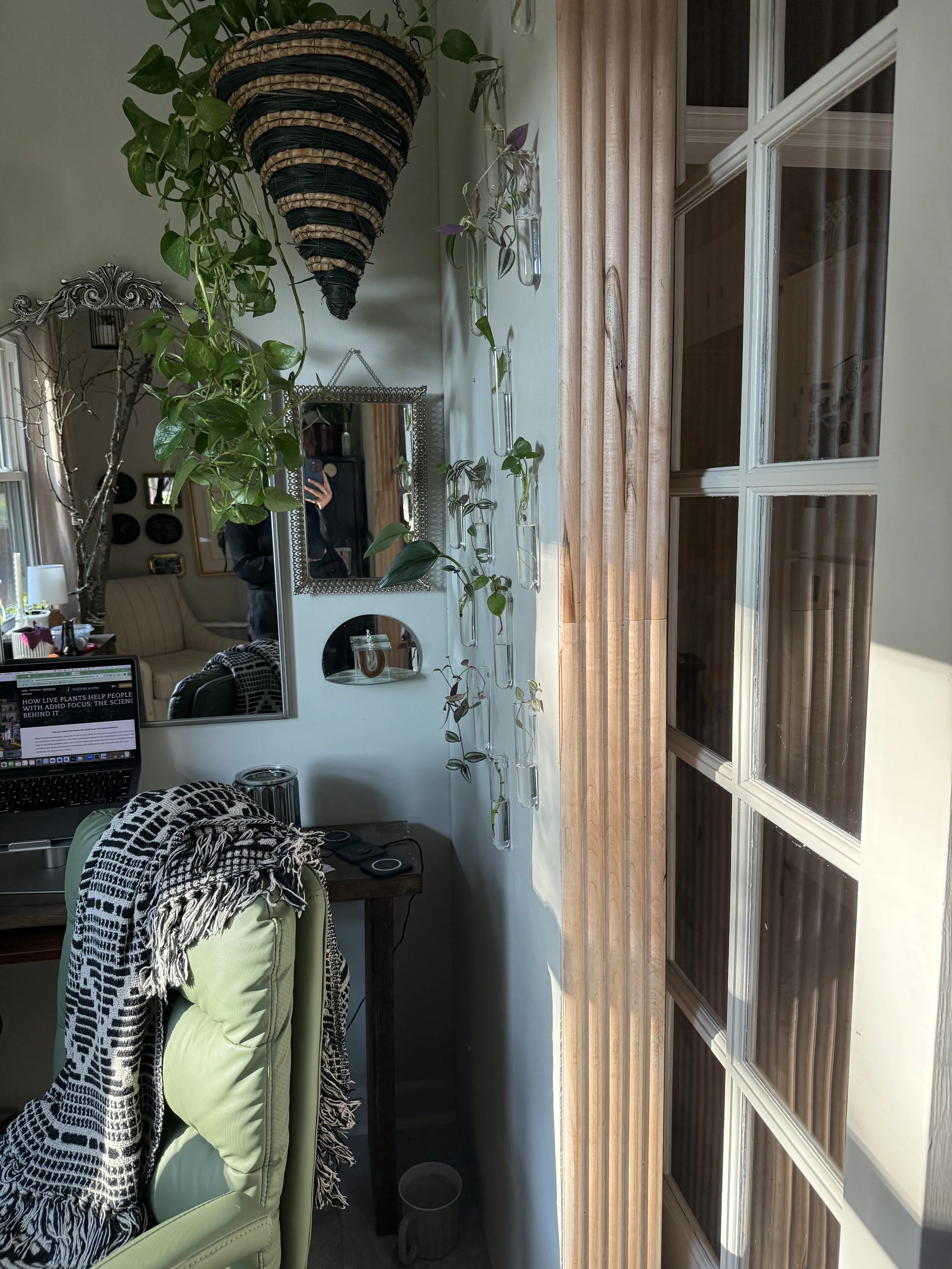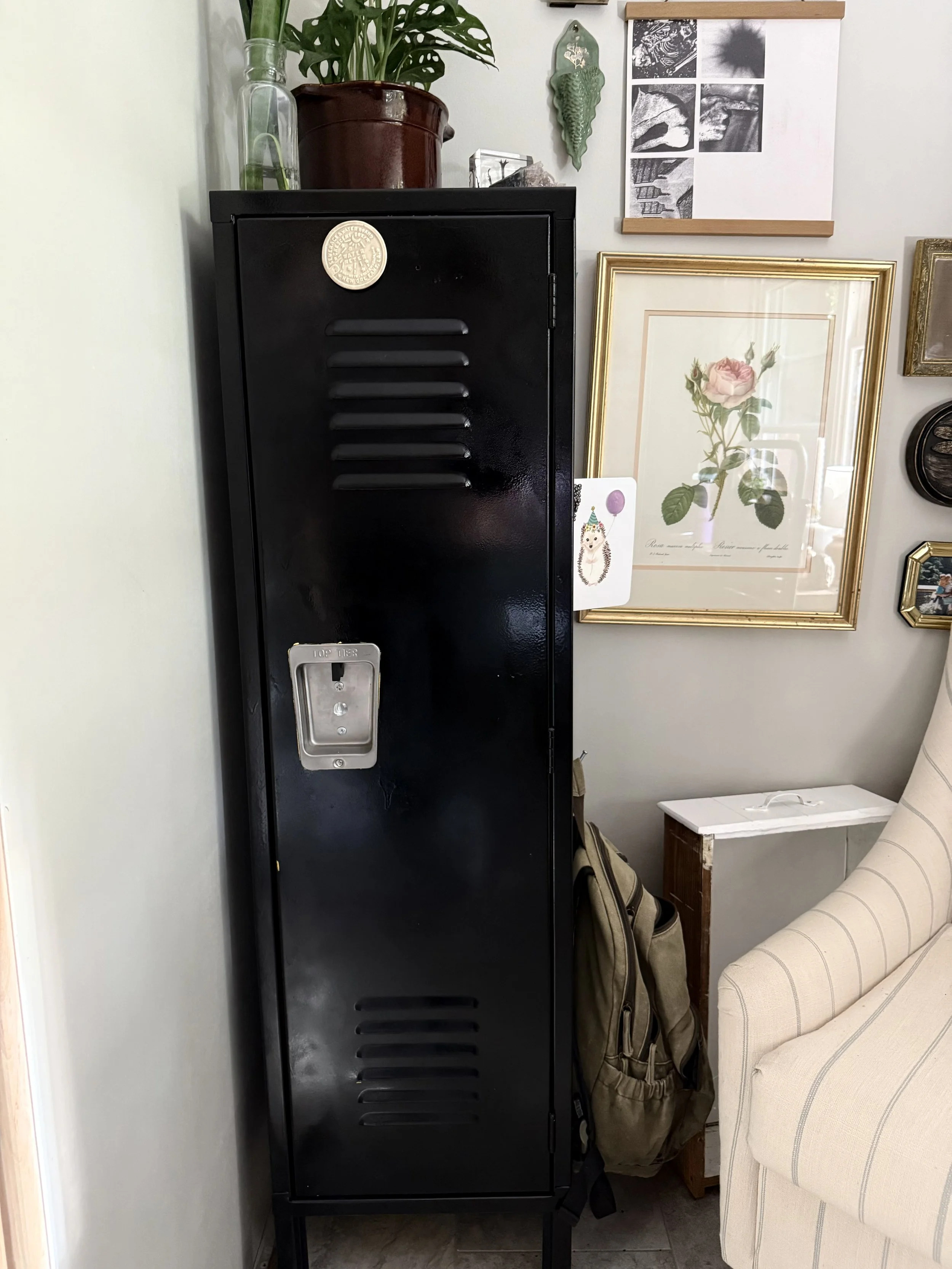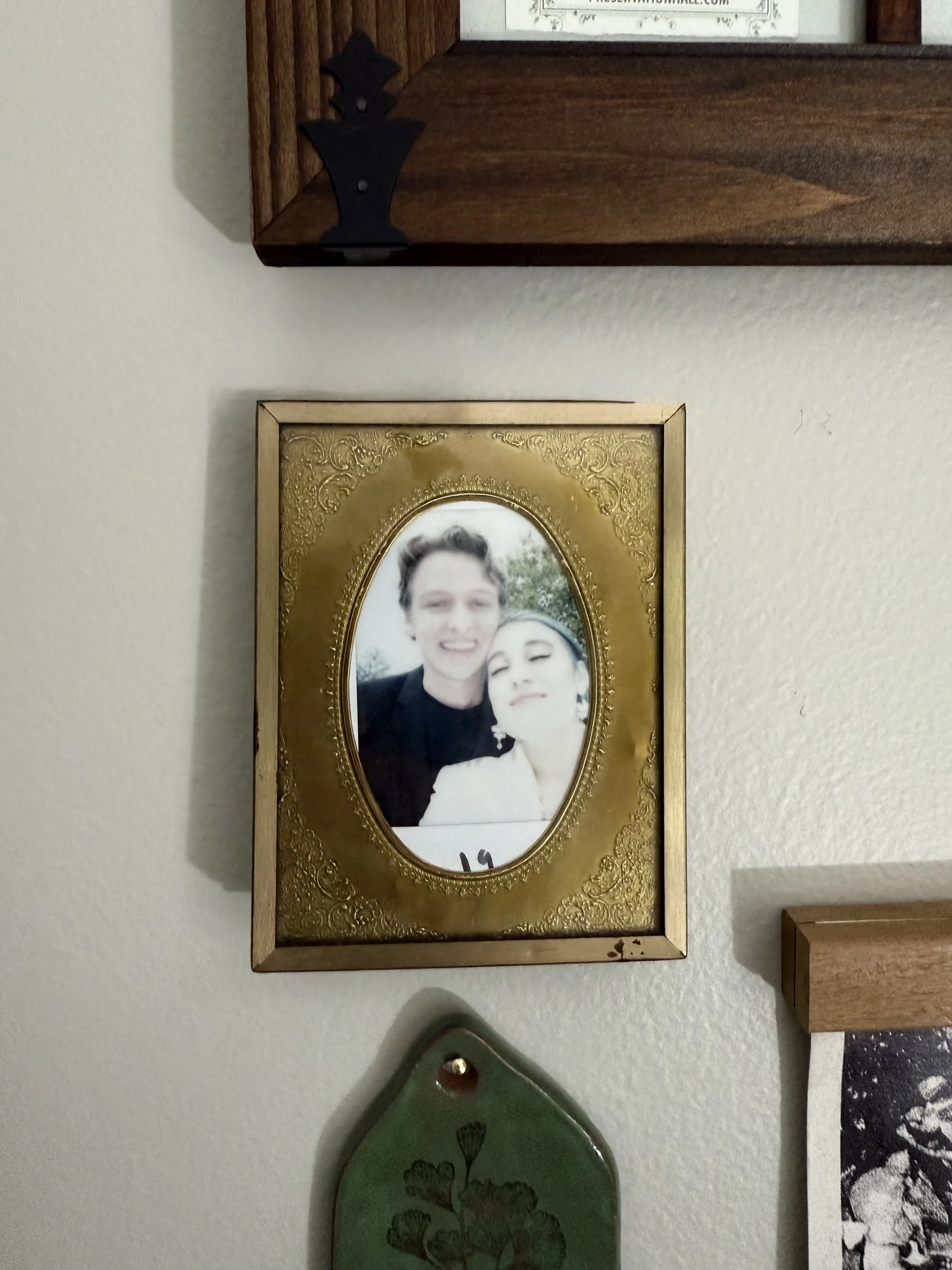10 ADHD-Friendly Home Office Improvements You Can Make Today for a More Productive Workspace
If you’re someone with ADHD working from home, chances are you’ve experienced the challenges of staying focused and organized in a distracting environment. Luckily, your workspace can be transformed to support focus, productivity, and even a bit of calm—all without a full remodel. Here are ten quick improvements you can make today to create an ADHD-friendly home office that works with your brain, not against it.
1. Declutter & Zone Your Workspace
Tip: Start with the essentials. Remove everything you don’t actively use and establish designated zones within your office.
Why It Works: For ADHD brains, too much visual clutter can be overstimulating. When each zone has a purpose—like a “work zone” for your computer, a “thinking zone” with a comfy chair, and a “creative zone” for brainstorming—you give your brain clear signals and reduce the overwhelm of “Where do I start?”
2. Use Open Storage for Quick Access
Tip: Swap out closed cabinets for open shelving and labeled baskets or bins.
Why It Works: ADHD brains tend to go into “out of sight, out of mind” mode with closed storage. You’ll spend less time searching for useful, but often forgotten items, and more time working.
My tech basket needs some sorting, but I like to keep these items accessible because I use them multiple times a day, but dont want them on my desk or in view
3. Add a Variety of Light Sources
Tip: Include multiple lighting options, from bright task lighting to softer, ambient lighting.
Why It Works: Lighting has a significant impact on focus and mood, and ADHD brains may need varied lighting to stay comfortable. Bright task lighting can help when you need high focus, while ambient lighting creates a calming effect when you need a break from screen glare.
4. Incorporate Visual Cues and Reminders
Tip: Keep your tasks visible and actionable by using a whiteboard, corkboard, or calendar within arm’s reach.
Why It Works: Visual cues are powerful for ADHD brains. A whiteboard or pinboard keeps to-do lists, reminders, and project updates in sight so they don’t fall off the radar. Try color-coding (or bullet point shape coding) tasks by category or urgency.
This is the to-do calendar I use. I like being able to see and add my tasks for the week, without feeling overwhelmed by a monthly view.
I like that it has a grid section for miscellaneous notes and project planning, which I use weekly.
5. Make Use of Fidget-Friendly Accessories
Tip: Equip your desk with quiet fidget tools to channel extra energy. It doesn’t have to be a typical fidget tool, its whatever works best for you. If your fidget item goes with your room decor, then even better!
Why It Works: Small, repetitive motions can help ADHD minds stay focused without causing distraction. Keeping fidget-friendly tools handy lets you harness that extra energy in a productive way and can help prevent desk-wandering or unnecessary distractions.
Visually compelling closed storage options are my favorite. I personally love a good locker, or industrial looking cabinet paired with soft elements around it.
Read more about balancing storage use here:
ADHD Storage Solutions: Finding the Right Balance Between Open and Closed Storage
My fidget is a replica dinosaur claw from a museum gift shop.
I’ve also found myself playing with this silver weighted pen that twists open smoothly.
6. Set Up a “Landing Zone” for Essentials
Tip: Dedicate a spot on or near your desk for must-haves like phone, planner, coffee mug, etc.
Why It Works: ADHD brains can get sidetracked by “search missions” for daily essentials. By keeping these in a dedicated spot, you reduce the likelihood of interrupting your work to hunt things down. This small organizational habit also makes transitions in and out of the workspace smoother.
I always keep my planner + to-dos in eyes view, to reference when I need to pull myself back in.
Because I use my phone for work a lot, I keep it on the edge of my desk, but if your phone is a distraction, find a home for it across the room, creating a barrier for access.
7. Create a “Reset Ritual” for Daily Organization
Tip: Take five minutes each day to reset your space, putting items back where they belong and clearing clutter.
Why It Works: ADHD-friendly design thrives on routine and accessibility. A quick “reset” ritual prevents small messes from growing into larger, energy-draining clutter. Plus, having a tidied space ready to go each day creates a mini-moment of calm that can help set the tone for a productive day.
8. Introduce Nature Elements for a Calming Effect
Tip: Bring in low-maintenance plants like succulents or snake plants, or add a nature-themed wallpaper or artwork.
Why It Works: Nature elements can promote relaxation and focus, which can be incredibly grounding for ADHD brains. Plants add a sense of freshness and color that stimulates without overwhelming, creating a calming effect that supports sustained attention.
Attention Restoration Theory talks about this and is worth diving into.
Read that blog here:
Attention Restoration Theory: Designing Focus Spaces for Individuals with ADHD
9. Balance ADHD-Friendly Storage Solutions
Tip: Keep frequently used items in sight and easy to grab, but organize backups and less-used items in closed storage.
Why It Works: Accessibility and visual cues are key for ADHD-friendly design, but too many can also lead to distracting side quests. Organizing by usage frequency and storing accordingly can help you focus on essential tasks without overloading visual space. Choosing the proper balance of open and closed storage for your space will make a big difference.
10. Add Personal Touches for Vibes
Tip: Sprinkle in personal items that make you happy—think family photos, favorite quotes, or art.
Why It Works: Creating an ADHD-friendly workspace doesn’t mean sacrificing personality. Surrounding yourself with items that feel personal or inspiring helps your brain associate the space with positive energy and comfort, which can be especially useful on days when focus is hard to come by.
Gallery walls are a great way to incorporate personal items into your space.
The items in my gallery wall are:
a framed ticket and fern that represent my parents
a polaroid from my wedding day
dried flowers from my college roommates
a wall vase gifted by my sibling
a poster from a coffee shop I used to frequent
Creating an ADHD-friendly home office doesn’t need to require a total overhaul. By focusing on clear zones, visual cues, and sensory-friendly additions, you can build a workspace that’s both functional and calming. These quick adjustments can help you boost productivity, reduce overwhelm, and—best of all—make your office feel like a place you actually want to work in. Start small, add gradually, and enjoy the benefits of a workspace that finally supports the way you work best.



